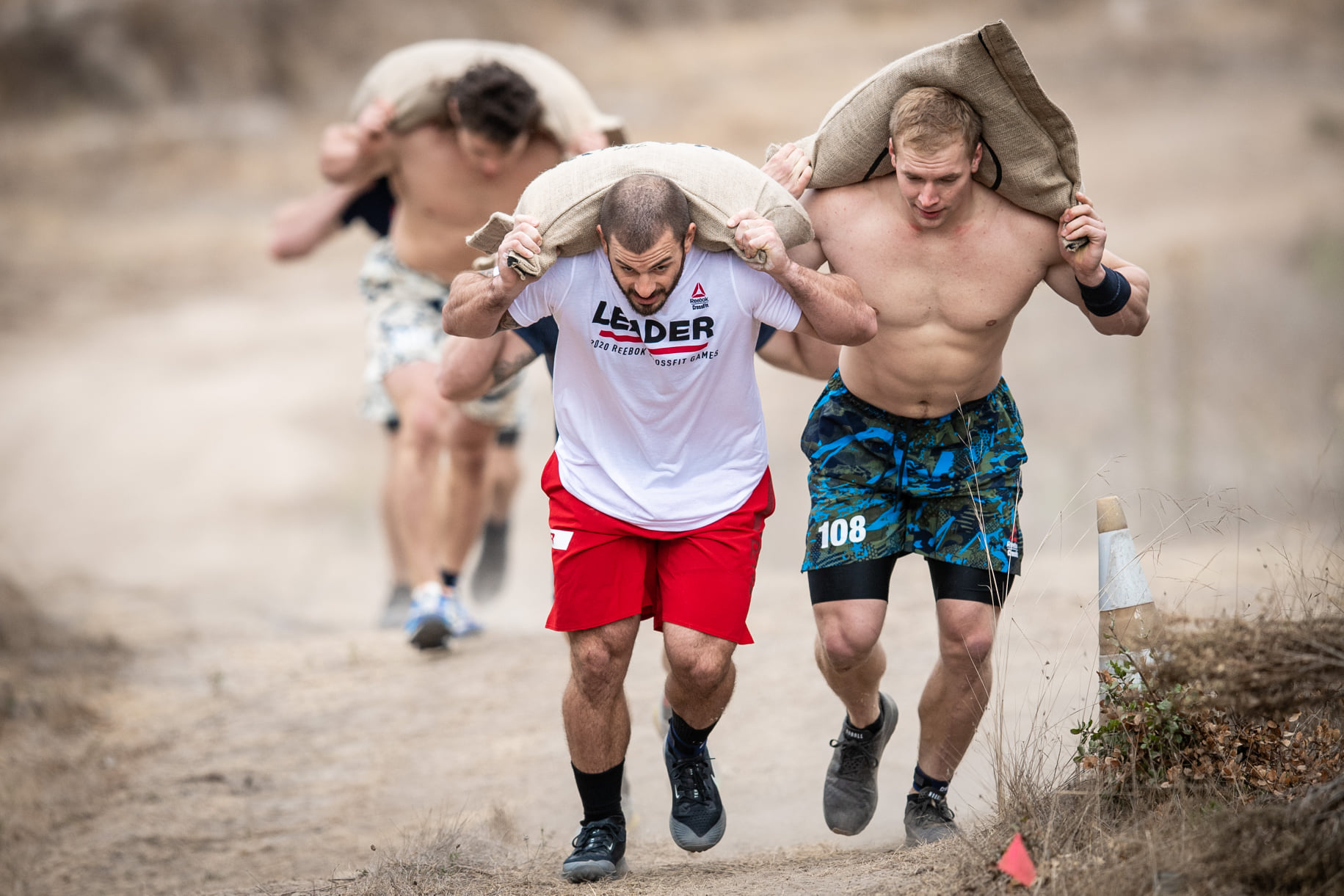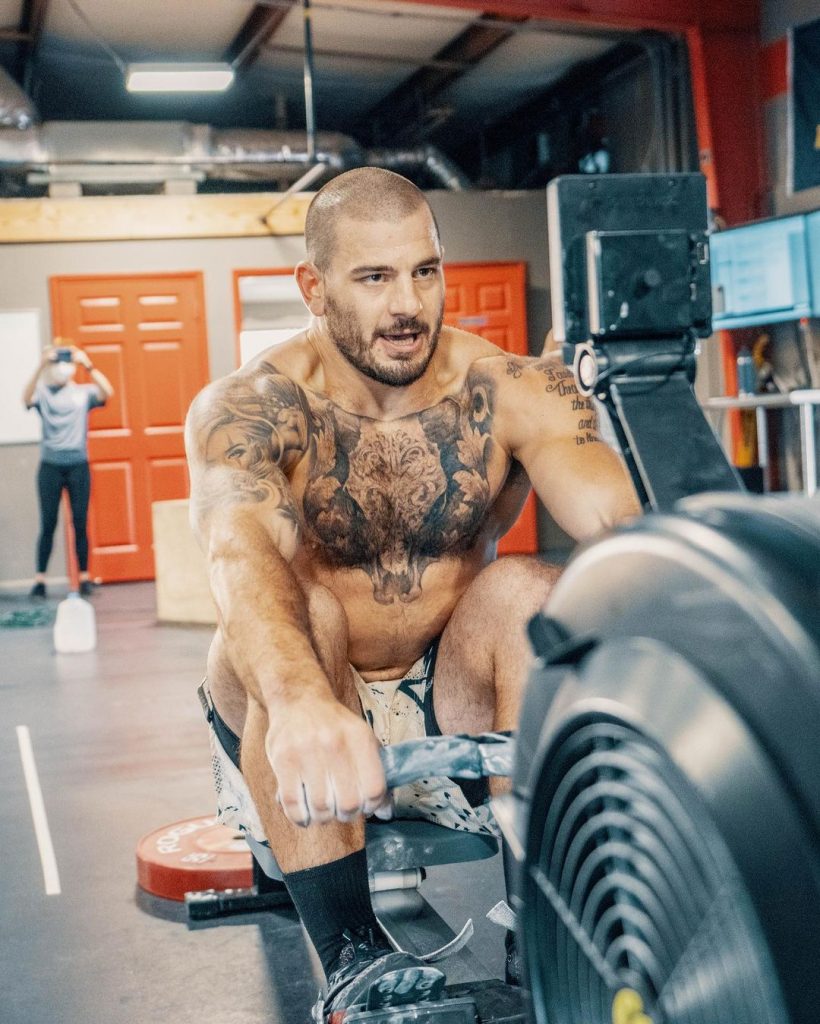How can I improve resilience doing CrossFit?
Resilience is a psychological skill that has been growing in popularity ever since Positive Psychology stole the scene. Truth is, given its impact on mental well-being, it’s worth our while to dig into this concept and try to respond to the most interesting question it brings up: can it be improved?
What does it mean to be resilient?
Resilience has traditionally been used to define the ability of certain materials to recover its size and shape after deformation caused by an external force. Ever since positive psychology rolled around during the 90s, literature began to use this term to refer to this same condition applied to human behavior.
In this sense, resilience is considered a positive adaptation to a negative situation. Being resilient would be the ability to stay within stable functional levels both physically and mentally despite adversity (Moran et. al, 2014 in Gines-Silva, et. al, 2019).
But, don’t we all recover some sense of normality after a traumatic event? Yes, but the difference is how. Imagine we all have an energy bar that can be charged with positive events (good night sleep, proper stress management, etc.) or emptied by negative occurrences. These aversive events would consume a non-resilient person’s energy and, after a while, these levels would return to their initial state. A resilient person doesn’t suffer this energy deficit, but instead actually increases their energy levels.
Where does resilience come from?
Now, we need to know where this resilience comes from. Maybe we’re born with it, maybe it emerges from personal experience, or it could be a mix of both! That’s how we wind up with three lines of investigation to conceptualize resilience, depending on whether they consider it a trait, a result or a process (Hu, Zhang & Whang, 2015 in Gines-Silva et. al, 2019).
- Resilience as a generally stable personality trait would protect the individual in the face of adversity and favor personal growth. This concept would become evident through «protection factors«, as can be coping, self-efficacy, optimism or even a sense of humor (Grafton, Gillespie & Henderson, 2010).
- Other authors have conceptualized resilience as a dynamic process. Having frequently experienced adversity would develop certain tools for the person to use in future situations. This line of investigation understands resilience as a dynamic factor, meaning it can be learned.
- The third line of investigation posits that resilience is a resource that emerges naturally in human beings to face adversity and can be enhanced by external factors. This paradigm defines resilience as «an energy or force that pushes the person from survival to self-actualization» (Richardson, 2000 in Grafton et. al, 2010).
To satisfy my perennial desire of shying away from black-or-white mentality, let’s stick to this last concept. We all have the potential to be resilient under given circumstances. Great. So, how can I help jump-start this process?
What do I need to be resilient?
Discovering our potential ain’t going to happen looking outside. It all starts within. I know, it sounds like some hippy, acid-trip thing; but I’m actually talking about self-concept, motivation or self-efficacy. Having an answer for questions about why you’re here, how can you reach your goals or if you’re able to even reach them is the first step towards resilience.
However, we have learned that certain situational elements can help push resilience into existence. And the reality is that being in extreme conditions that undoubtedly call for this skill (life-death situations, sustained psychological trauma, etc.) isn’t as common as we might think. And we can’t be waiting for life to throw us tremendous curve balls to learn how to break into our resilience. So, let’s use what we got: CrossFit!

«I have my gold medals somewhere in a box. I have my silver medal with me. We all need to lose.» – Katrin Davidsdottir
On her second place at Regionals in 2018 as the reigning Fittest on Earth.
- Actively seek failure and be open for its teachings. Katrin is definitely on to something when it comes to dealing with failure. Losing can be the greatest master if we we’re willing to listen. Don’t protect your ego because you’ll be closing the door on resilience, and therefore increasing your vulnerability towards stress.
- Anyone who’s deep into CrossFit knows that some WODs can make you ask the real questions. Midway through Murph, Chad or the 1,000-burpee challenge can drag you into a real dark place. There, you might be faced with the alternative to either use your inner force to persevere and grow, or let yourself crush beneath the adversity.
- Gínez-Silva, M. J., Astorga, C. M., & Urchaga-Litago, J. D. (2019). Resiliencia psicológica a través de la edad y el sexo. Revista INFAD de Psicología. International Journal of Developmental and Educational Psychology., 4(1), 85-94.
- Grafton, E., Gillespie, B., & Henderson, S. (2010, November). Resilience: the power within. In Oncology nursing forum (Vol. 37, No. 6).





